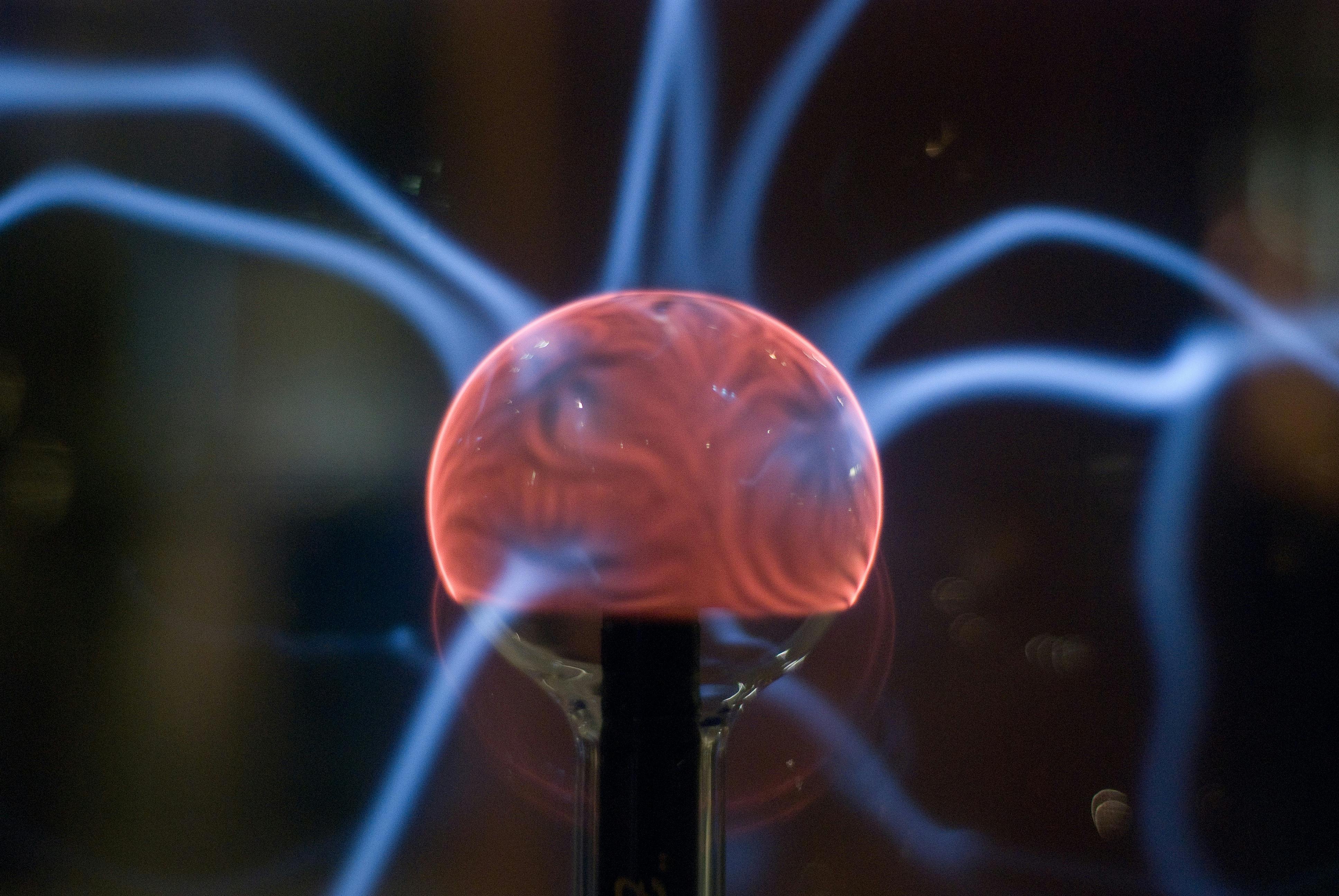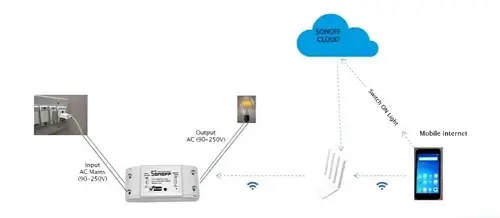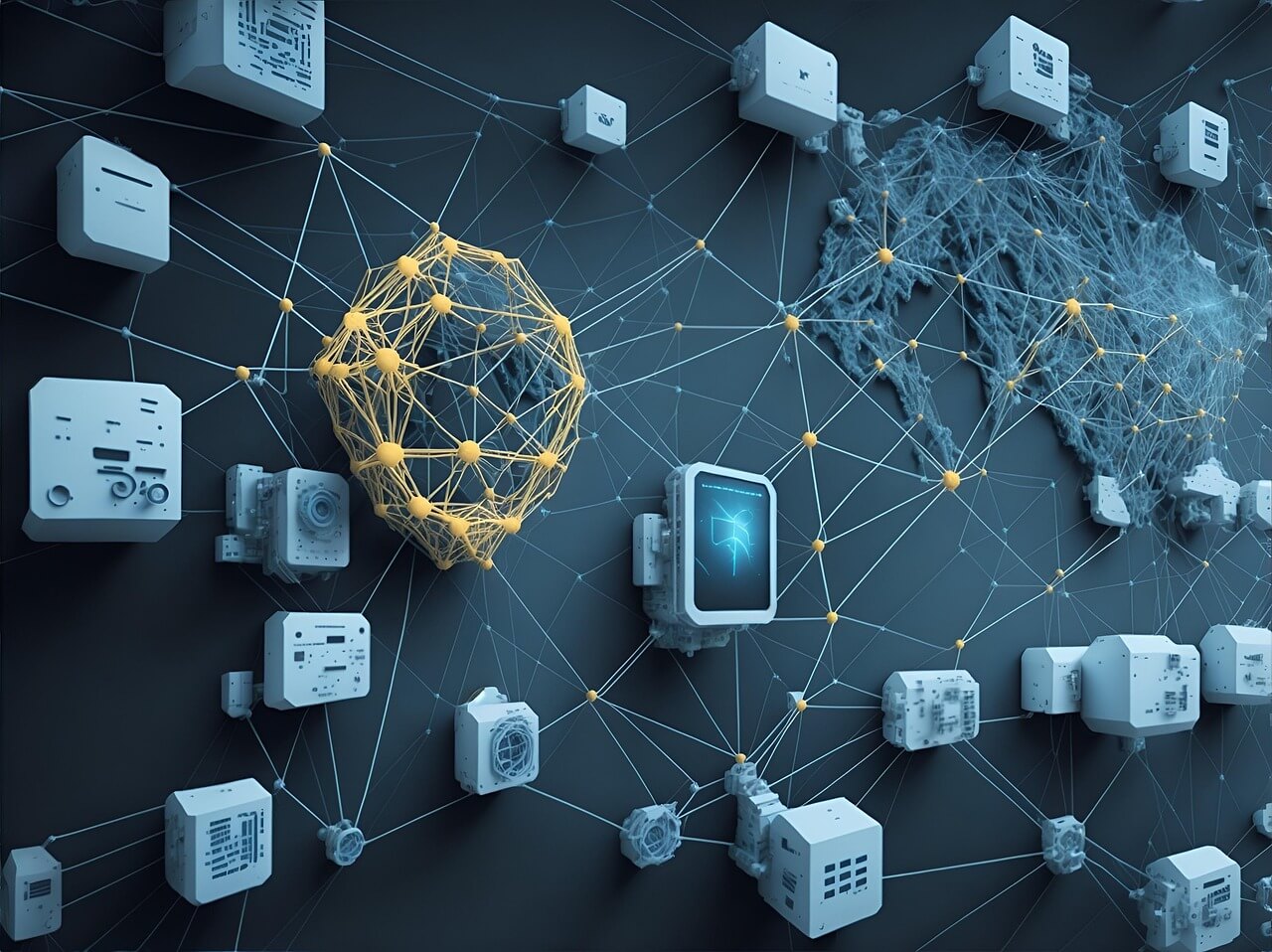Temperature is one of the most monitored physical parameters in IoT systems, especially in industries like healthcare, food processing, climate control, and manufacturing. While digital sensors like thermocouples and RTDs often take the spotlight, traditional methods such as liquid expansion and vapour pressure sensors still play an important role in IoT integration. They bring reliability, durability, and in some cases, cost-effectiveness that newer sensors cannot always match.
What Are Liquid Expansion Temperature Sensors?
Liquid expansion sensors are based on a simple principle: liquids expand when heated and contract when cooled. This property is harnessed in devices such as liquid-in-glass thermometers or sealed tubes filled with mercury or alcohol.
In IoT systems, these sensors can be adapted with electronic transducers to convert expansion into measurable electrical signals.
Examples:
- In smart HVAC systems, liquid expansion sensors can provide stable temperature monitoring for air handling units, where accuracy over long periods is more important than ultra-fast response times.
- In greenhouse automation, they can help regulate temperature by connecting with IoT controllers that trigger cooling fans or water mist systems when readings cross set thresholds.
What Are Vapour Pressure Temperature Sensors?
Vapour pressure sensors rely on the fact that the vapour pressure of a liquid increases with temperature. The sensor contains a liquid-filled bulb connected to a pressure-sensitive element. As temperature rises, vapour pressure increases, and the change is converted into an electrical signal.
Examples:
- In refrigeration monitoring, vapour pressure sensors can help track evaporator coil temperature. Integrated with IoT modules, they provide real-time data to prevent equipment failures.
- In industrial cold chain logistics, they can ensure that perishable goods like vaccines or fresh produce stay within safe temperature ranges during transport.
How Do They Compare?
Both types of sensors are rooted in simple physics but serve slightly different needs:
- Liquid expansion sensors: valued for robustness, simplicity, and long lifespan. Best for stable conditions where speed is less critical.
- Vapour pressure sensors: work across wider ranges, ideal for continuous monitoring like refrigeration or cold storage.
Integration with IoT
For both sensor types, the raw mechanical or pressure-based response needs to be converted into electrical signals through a transducer. Once digitized, the data can be fed into IoT platforms.
Practical Steps in IoT Integration:
- Signal Conversion: Mechanical movement → electrical signal.
- Wireless Modules: Using Wi-Fi, Zigbee, or LoRaWAN to transmit data.
- Cloud Integration: Data uploaded to cloud dashboards for real-time monitoring.
- Automation Triggers: IoT systems act on the data, like adjusting cooling systems or sending alerts.
Demonstration Example
Imagine a smart cold storage facility:
- Vapour pressure sensors are placed in different compartments.
- As the temperature changes, vapour pressure readings are continuously monitored.
- IoT modules send this data to the cloud.
- If a section rises above 5°C, the system automatically triggers additional cooling and sends an SMS alert to the facility manager.
This combination of traditional sensing with modern IoT infrastructure ensures food safety while minimizing human error.
Why These Sensors Still Matter
- Proven reliability in harsh industrial conditions.
- Cost-effectiveness in large-scale installations.
- Long lifespan with minimal maintenance needs.
Their adaptability to IoT platforms ensures that they remain relevant in industries where ruggedness and simplicity matter as much as precision.
Final Thoughts
Temperature measurement isn’t just about picking the most modern sensor; it’s about choosing the right one for the job. Liquid expansion and vapour pressure sensors, when combined with IoT connectivity, provide reliable, affordable, and scalable solutions for industries ranging from agriculture to logistics.
The real magic happens when these time-tested technologies meet the power of IoT, turning old-school sensing methods into smart, connected tools for the future.




